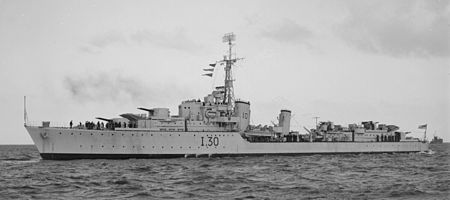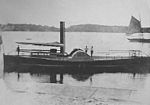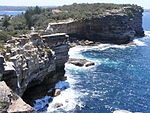The North Head Quarantine Station is a heritage-listed former quarantine station and associated buildings that is now a tourist attraction at North Head Scenic Drive, on the north side of Sydney Harbour at North Head, near Manly, in the Northern Beaches Council local government area of New South Wales, Australia. It is also known as North Head Quarantine Station & Reserve and Quarantine Station & Reserve. The property is owned by the Office of Environment and Heritage, an agency of the Government of New South Wales. The buildings and site were added to the New South Wales State Heritage Register on 2 April 1999. The entire 277-hectare (680-acre) North Head site, including the Quarantine Station and associated buildings and facilities, was added to the Australian National Heritage List on 12 May 2006, and now forms part of the Sydney Harbour National Park.The complex operated as a quarantine station from 14 August 1832 to 29 February 1984. The concept behind its establishment was that, as an island-nation, the Colony of New South Wales, as it then was, was susceptible to ship-borne disease. Those who might have an infectious disease would be kept in quarantine until it was considered safe to release them. The isolation and strategic role of North Head was recognised in 1828 when the first vessel, the Bussorah Merchant, was quarantined at Spring Cove. The importance and future role of North Head was reinforced by Governor Darling's Quarantine Act of 1832, which set aside the whole of North Head for quarantine purposes in response to the 1829–51 cholera pandemic in Europe.The station is now home to a hotel, conference centre, and restaurant complex known as Q Station, and remains part of the Sydney Harbour National Park. One of the early quarantine officers was Dr James Stuart, a keen naturalist and painter. For many years Percy Nolan, an alderman and mayor of Manly, pushed for the removal of the Quarantine Station from Manly and called for its use as public open space. Over sixty years later, this far-sighted proposal became a reality.In the 1960s and 70s, the officer then in charge of the Quarantine Station, Herb Lavaring BEM (1917–1998), took it upon himself to preserve and compile a museum of artifacts and other items of note and significance to the station's operations, including domestic implements, medical instruments, and hand tools for tasks ranging from blacksmithing to building construction. Lavaring collected these materials over the period 1963–1975 and also commenced restoration work on the diverse range of rock carvings and headstones from the major burial grounds. The items collected by Lavaring were preserved, and many have since found their way into state and federal collections, including the National Museum in Canberra, where a muzzle-loading rifle and a set of manacles are preserved (the latter being used to ensure that no one left the station without medical clearance).
One of the most historic features of the quarantine station is the series of engravings along the escarpment adjacent to the jetty. The carvings were executed by people staying at the quarantine station, and cover an extensive period that stretched from the early nineteenth century to the mid-twentieth century. Some were executed by stonemasons and sculptors and show a high degree of skill. More carvings are located at the rock formation known as Old Man's Hat.










